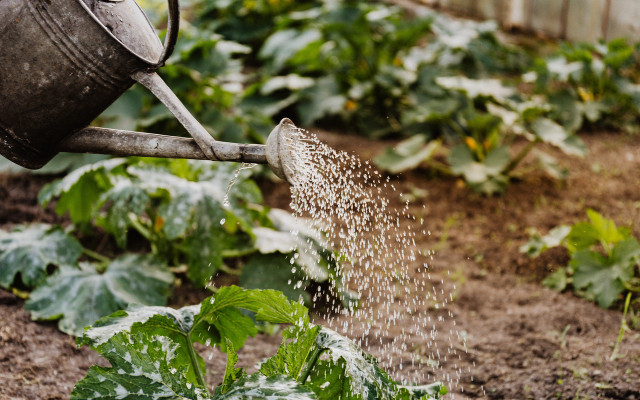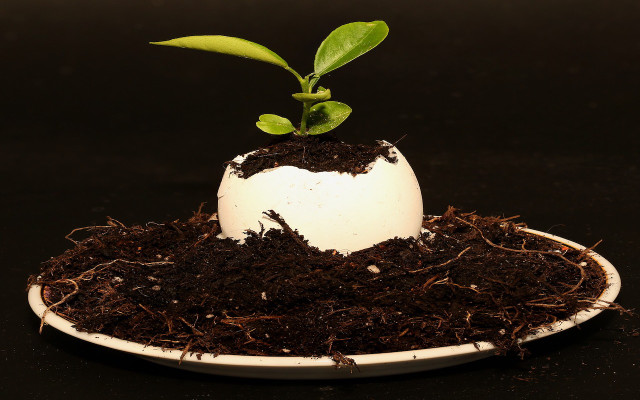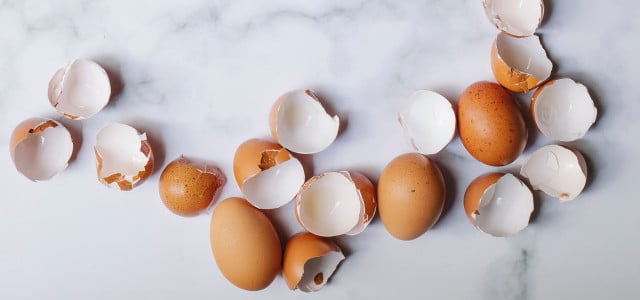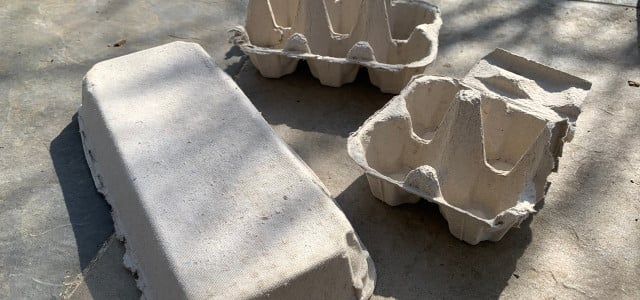Eggshells and plants go together like peas in a pod. Here’s everything you need to know for how to use eggshells as fertilizer in your garden.
Whether you’re a fan of scrambled eggs, omelets or baking, often there are eggshells left over after preparing a meal. We’ll look at the two best ways to use crushed eggshells as fertilizer for your plants.
Eggshells as Natural Fertilizer

Eggshells consist of 90 percent lime. If you like to garden, you can use eggshells to give your plants the benefit of this important mineral. Lime loosens the soil and ensures that the roots of your plants can optimally absorb nutrients. Store-bought organic fertilizers with a high lime content can be expensive. By using crushed eggshells as fertilizer, you’ll know exactly what you’re feeding your plants—especially if you use eggshells from organic eggs.
Here’s what you need for your DIY Eggshell Fertilizer:
- Eggshells from one to two organic eggs
- 1 liter of water
Instructions:
- Place the eggshells in a mortar or coffee grinder.
- Crush or grind them into a powder. The finer the pieces, the better they will decompose in soil.
- Pour the eggshell powder into a bowl and add the water.
- Let the shells sit for 12 hours until the minerals have dissolved from the eggshells.
- Use the chalky water to fertilize houseplants or garden and balcony plants.
Tip: Depending on how you dye your Easter eggs, you can even use those eggshells for plants in your garden. Check out our guide to Natural Egg Dye: Easter Egg Dyeing with Organic Ingredients for some fun Easter craft ideas.
Eggshells For Plants: Seed Starters



Due to the fact that they’re biodegradable, eggshells make excellent seed starters. They’re the perfect size and, once planted, eggshells fertilize plants as they break down. Here’s how to get all the benefits:
- Sterilize the deeper halves by baking them in the oven (200°F for 30min) or by boiling them on the stove for a couple of minutes.
- Use a nail to gently create a drainage hole in the bottom of the sterilized shell halves.
- Fill the eggshells up with soil and place the seeds inside according to the seed packet instructions.
- Use a spray bottle to gently mist your newly planted seeds, then place them in a sunny location and continue to water as necessary.
- Once sprouted, you can plant them (eggshell and all) in your garden or flower pot. Just be sure to crack the eggshell before planting so the roots can escape.
Eggshells as Fertilizer: How to Store Them for Later



Whether you want to use your eggshells as fertilizer or for seed starters, you’ll have to store them until you have enough to use. For both purposes, rinse the shells out with hot water to eliminate any potential smell and let them dry.
If you’re saving them to use as eggshell seed starters, you can simply pop the washed and dried halves back into the egg carton until you’re ready.
For eggshell fertilizer, break the washed and dried eggshells down until they fit into a container. Once you’ve saved up enough, grind them into powder to use in your garden. If you grind more than you want to use, simply store the eggshell powder in an airtight container along with a silica gel packet to ensure it stays dry. That way, you can get the full benefit of eggshells for plants and garden use whenever you like.
Looking for more ways to use food waste in your garden? Check out:
- 7 Sustainable Home and Garden Uses for Coffee Grounds
- Potato Water: 4 Ways to Save and Use It
- Growing Vegetables from Scraps: How to Regrow Vegetables
- What to Do With Sprouted Onions
Do you like this post?







